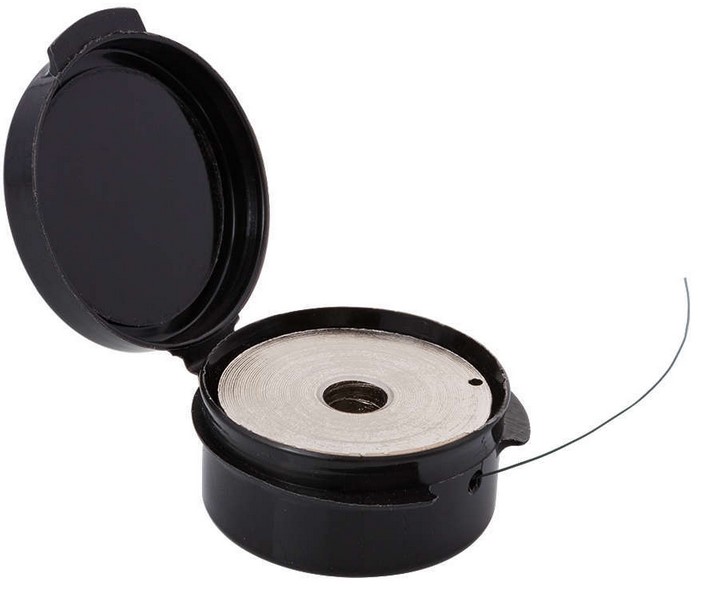

- #Tn5250 hex attributes how to#
- #Tn5250 hex attributes install#
- #Tn5250 hex attributes full#
- #Tn5250 hex attributes code#
It by typing cd /usr/ports/net/tn5250 & make install as root. Debian 3.0 users can also download a Debian package of tn5250 0.16.5 from our files area. Debian users can install tn5250 by typing apt-get install tn5250 as root.If you don’t want to have to compile the program yourself, there are To get the latest stable release of tn5250, visit the James Rich has written a useful HOWTO for tn5250. SourceForge project page to see all the other tools they give us Please report any bugs in tn5250, preferably to the Is the same as that provided by the 5250 emulator in It also runs on 32-bit versions of Windows.Īnd AS/400 that emulates 5250 terminals and printers. That’s a bit of a misnomer though, since it works on FreeBSDĪnd any other modern Unix, and starting with the 0.16.4 release, You may get a good sense for the raw data by using Wireshark to capture the packets and comparing them to an actual TN5250 display showing the same transaction.This is the homepage for the free “Linux tn5250” emulator. There is no stdout per se the human readable display panel requires rendering by the client.
#Tn5250 hex attributes full#
Likewise, the client does not send back the full display panel including constants and formatting instead, it sends back the input-capable fields. The client needs to understand these formatting instructions in order to properly render the data coming from the host.
#Tn5250 hex attributes how to#
This, as opposed to a character-by-character transmission.Īs a very high level overview, the 5250 protocol describes how to format the display (start/stop field, field attributes like underline and colour) as well as what function keys are acceptable. This family is block mode, meaning the host sends a full display panel out to the client in one transmission, and the client sends a full display panel back to the host in one single transmission. It is intended for the IBM midrange family of 'dumb' green screen terminals. TN5250 is the IBM protocol that rides on top of Telnet. The TN5250J project is a working TN5250 client written in Java. The solution I really want is a way to capture the stdout from the telnet session, but apparently terminal programs like Telnet don't write to stdout. socket buffer is probably empty, wait and try again If (ex.SocketErrorCode = SocketError.WouldBlock ||Įx.SocketErrorCode = SocketError.IOPending ||Įx.SocketErrorCode = SocketError.NoBufferSpaceAvailable)

return Encoding.GetEncoding("IBM500").GetString(buf, 0, buffer.Length) byte buf = Encoding.Convert(Encoding.GetEncoding("iso-8859-1"), Encoding.UTF8, buffer) Return Encoding.GetEncoding(37).GetString(buffer, 0, buffer.Length) Received += socket.Receive(buffer, offset + received, size - received, SocketFlags.None) If (Environment.TickCount > startTickCount + timeout) Int received = 0 // how many bytes is already received Int startTickCount = Environment.TickCount Public static string Receive(Socket socket, byte buffer, int offset, int size, int timeout) TextBox1.Text += Receive(SocketClient, buffer, 0, buffer.Length, 10000).Trim() + "\r\n" remoteEndPoint = new (IPAddress.Parse("address"), 23) Socket SocketClient = new Socket(AddressFamily.InterNetwork, SocketType.Stream, ProtocolType.Tcp)
#Tn5250 hex attributes code#
Here's some "working" code I found elsewhere. It must not involve buying a third-party library. I haven't been able to match it against any of the encodings listed here how can I convert this text to something I can use? UTF8, ASCII anything in a Windows-friendly text format will do. I have a connection to IBM i (an AS/400) that communicates over a protocol/encoding called TN5250.


 0 kommentar(er)
0 kommentar(er)
